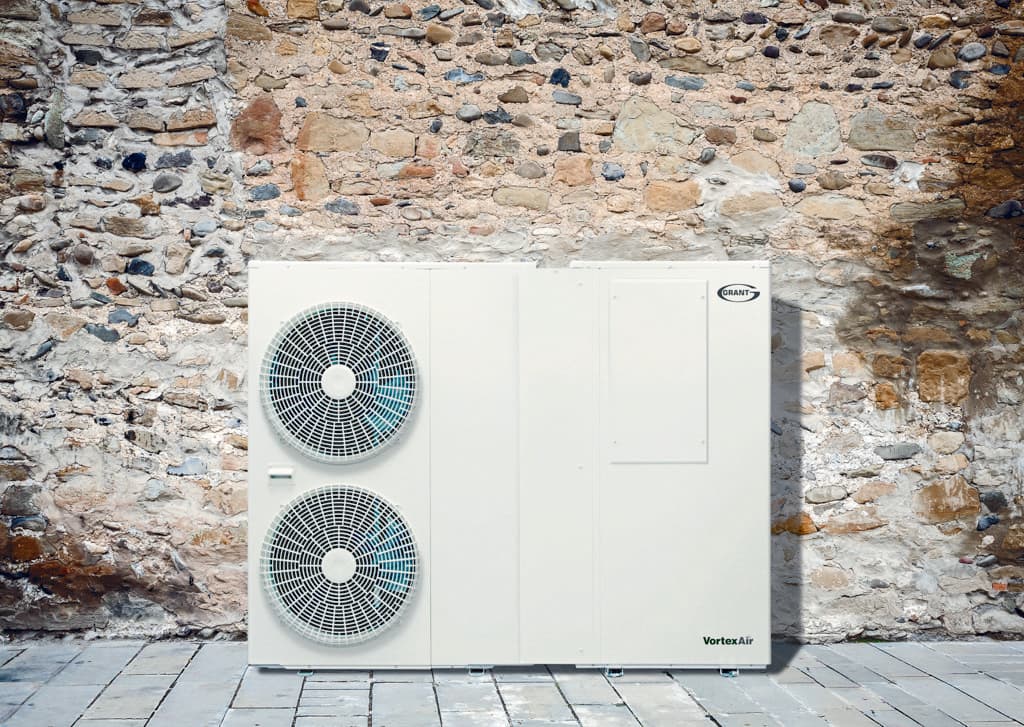The Benefits of Underfloor Heating

Underfloor heating can increase your house value while reducing your energy bills, discover the factors that should influence your decision making.
Underfloor heating can seem both luxurious and futuristic, raising house values whilst simultaneously making cold feet a thing of the past. Since the first example of underfloor heating in modern day North Korea as far back as 5,000 BC, the technology has improved a lot! Instead of using the leftover smoke from your cooking fire, modern approaches use underfloor electric heating mats or a series of hot water pipes to ensure that your home is kept a comfortable temperature. By comparing underfloor heating with the primary alternative, radiators, it’ll become clear which design is the best suited for your home.
Heat Dispersal
Compared to conventional radiators, underfloor heating has a range of advantages that have contributed to the increased uptake nationwide. The different method of heat distribution is the first of these – by raising the temperature of the floor, this heats the air pocked at ground level which in turn rises and dissipates evenly throughout the room. By contrast, a radiator heats the room using convection, whereby the air immediately surrounding the radiator rises due to the temperature, and then flows outwards upon reaching the ceiling, it’ll then cool as it travels away from the radiator and will eventually fall on the far side of the room; this creates unequal pockets of cold and warmth throughout the room.

Installing ‘wet’ underfloor heating is more expensive due to the plumbing costs, however the circulation of hot water beneath the floor is extremely effective at heating the room. By comparison, ‘dry’ heating uses electric heating mats that are much easier to install, a fact which is reflected by the costs – however these don’t radiate as much heat as their wet counterparts.
Healthy Heating
The radiant nature of underfloor heating leads to some further advantages too, namely it’s effect on dust mites. These mites can be found in even the cleanest homes, yet they’re known to cause symptoms for people suffering with allergies or asthma. The convection process caused by traditional radiators acts to spread mites and other allergens across the room as they’re carried by the warm air: explaining why some people’s allergies are triggered by turning on the heating. Underfloor heating avoids these convection currents as the heat is rising equally from all areas of the room.
For homes with young children, an additional consideration of radiators is the potential for harm which arises from having hot surfaces in every room – not helped by their height above the ground.
Heating Efficiency
The temperatures required for different heating methods directly affects the amount of energy needed to keep your home warm. Radiators typically operate at a high temperature of between 65 – 75 degrees Celsius, whereas underfloor heating reaches a maximum of 29 degrees, with many systems operating colder due to flooring. These lower temperatures have a knock-on effect with your heating bills, with underfloor heating being up to 25% more efficient than radiators. Combined with heat pumps, the system can reach 40% more effective – to learn more about how these work, read our article on heat pumps and how they work.
Get in touch with our engineers today and discuss your heating system needs.


